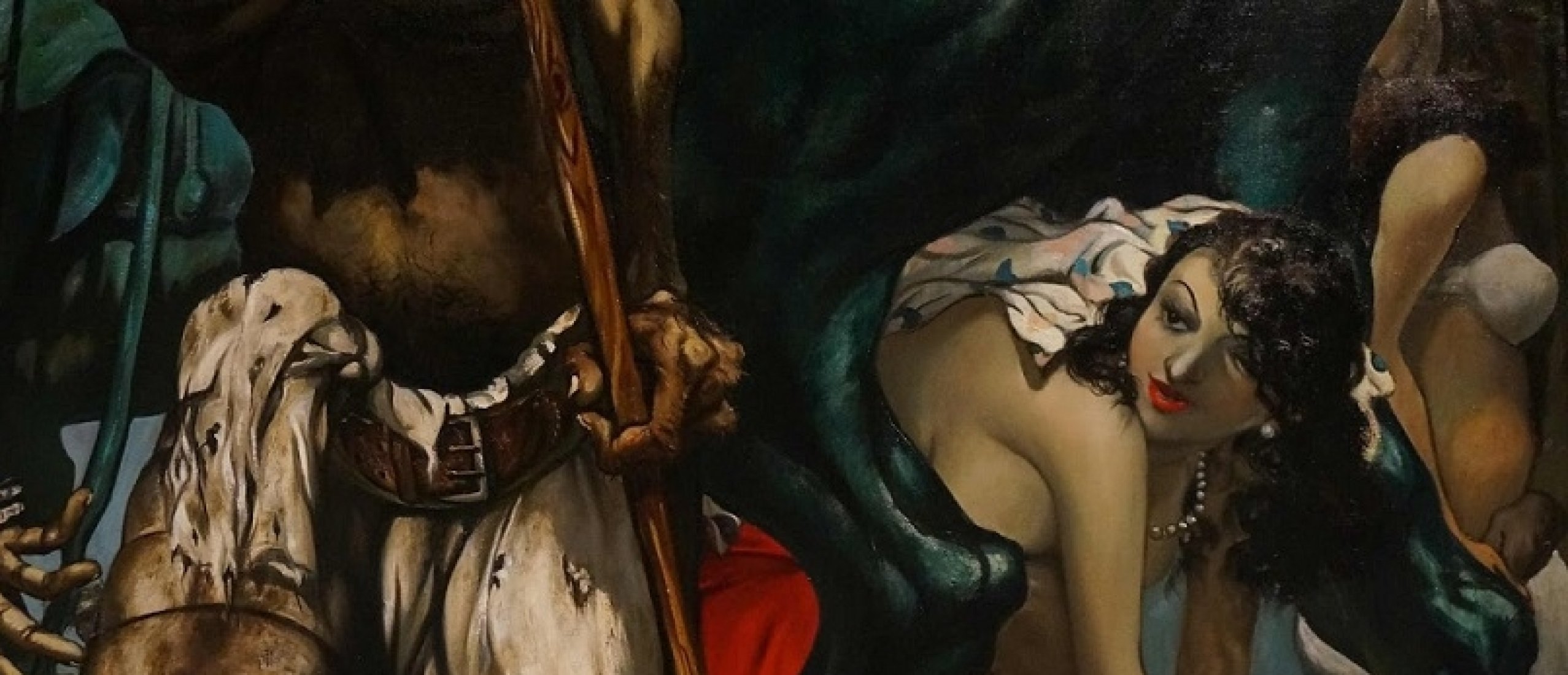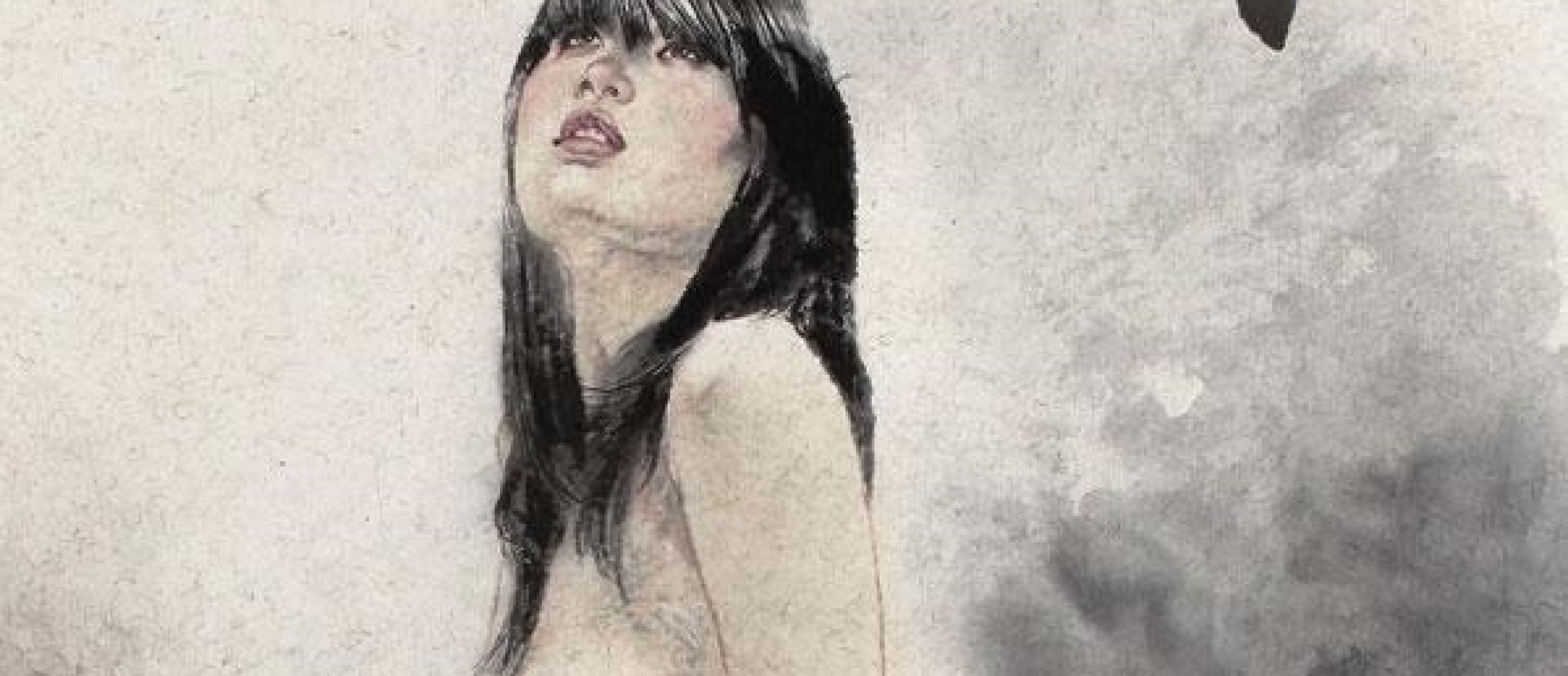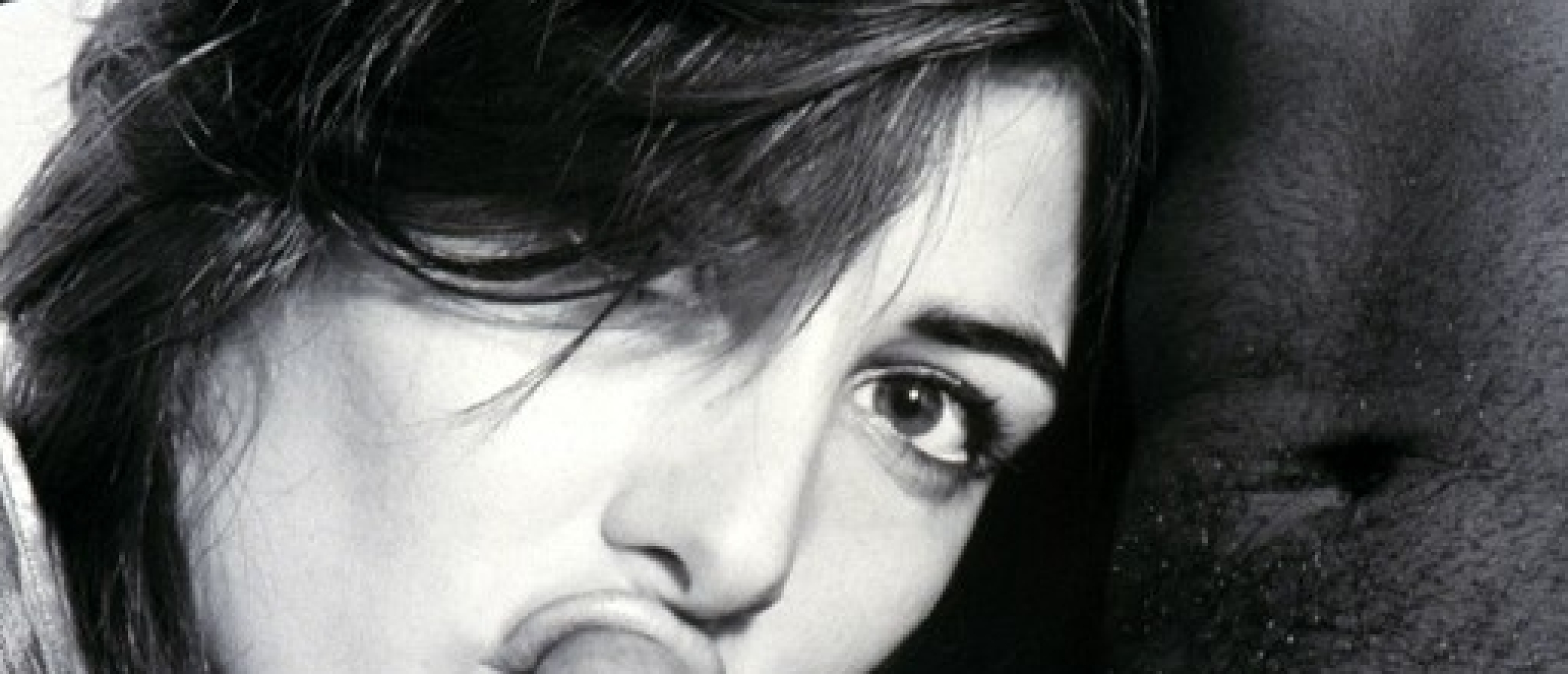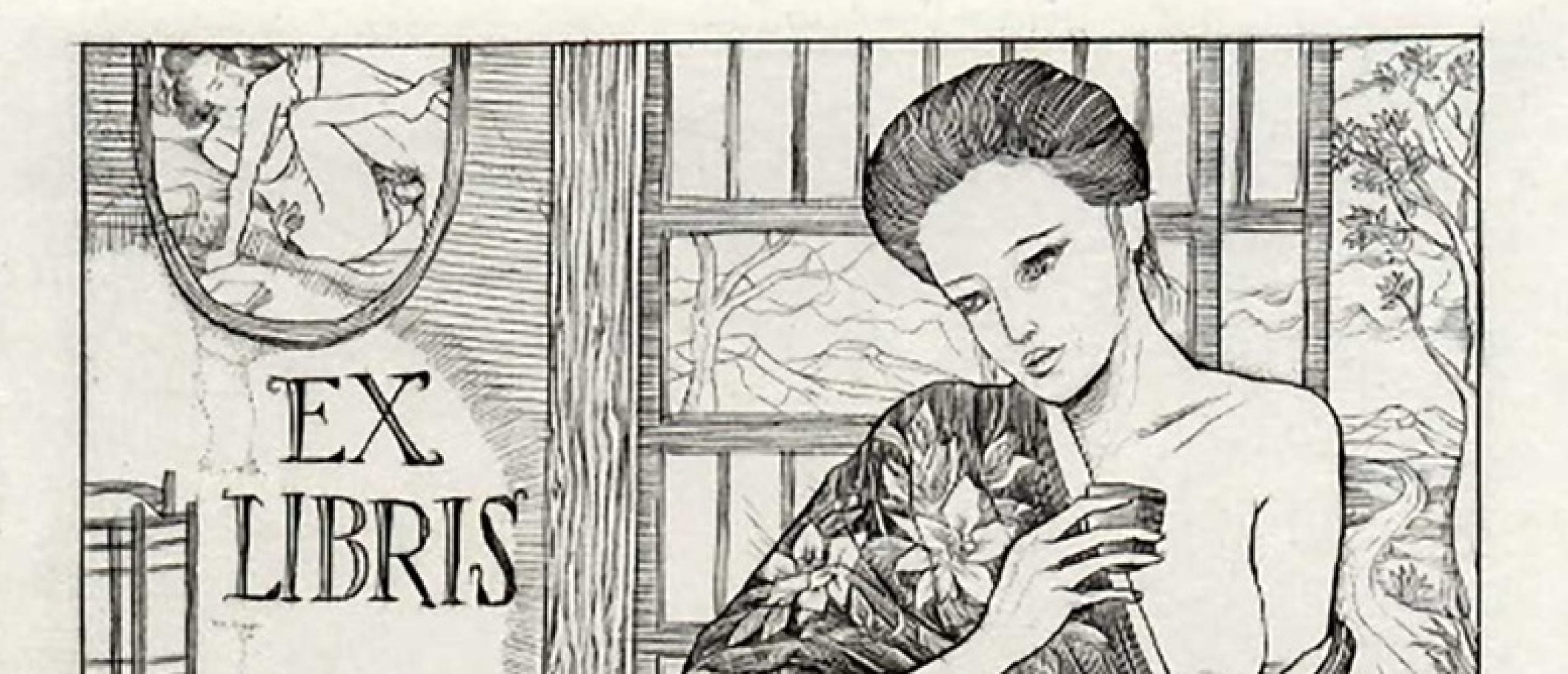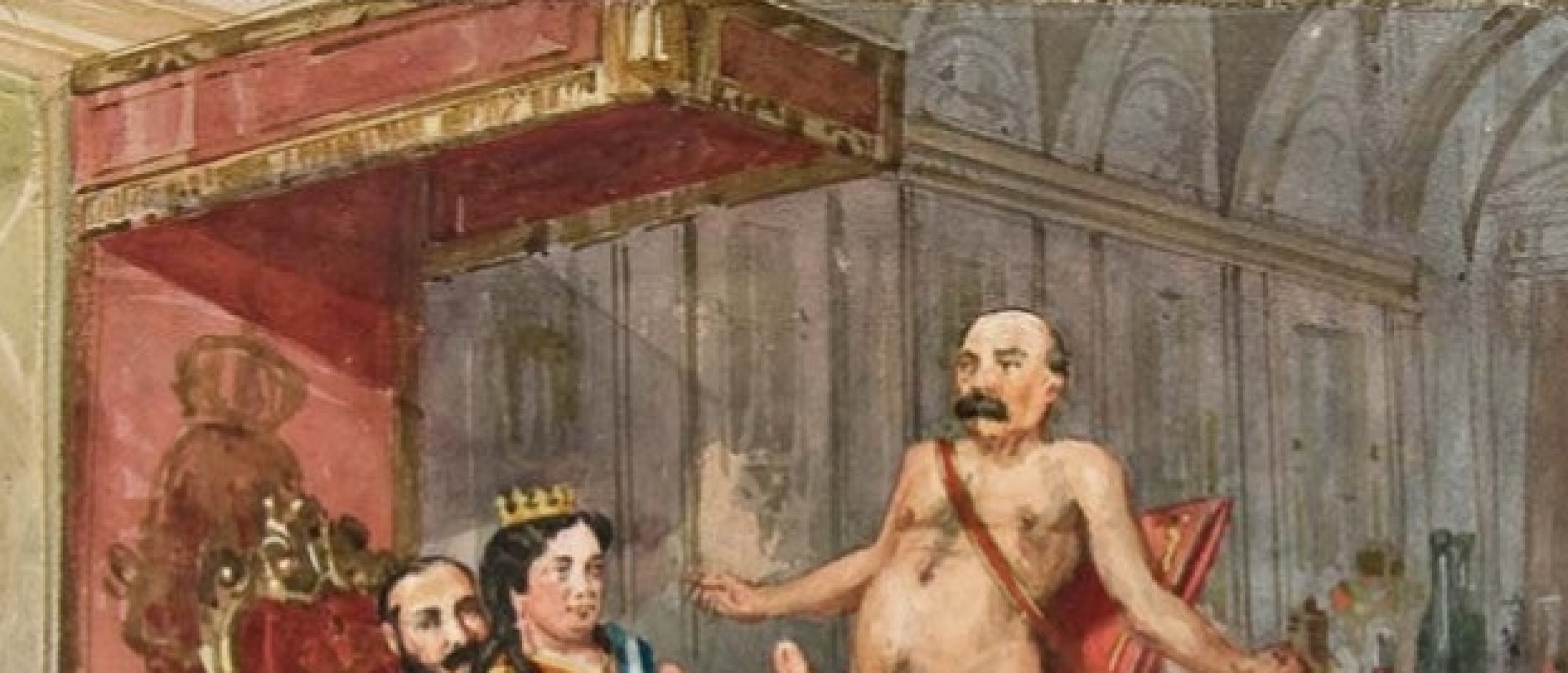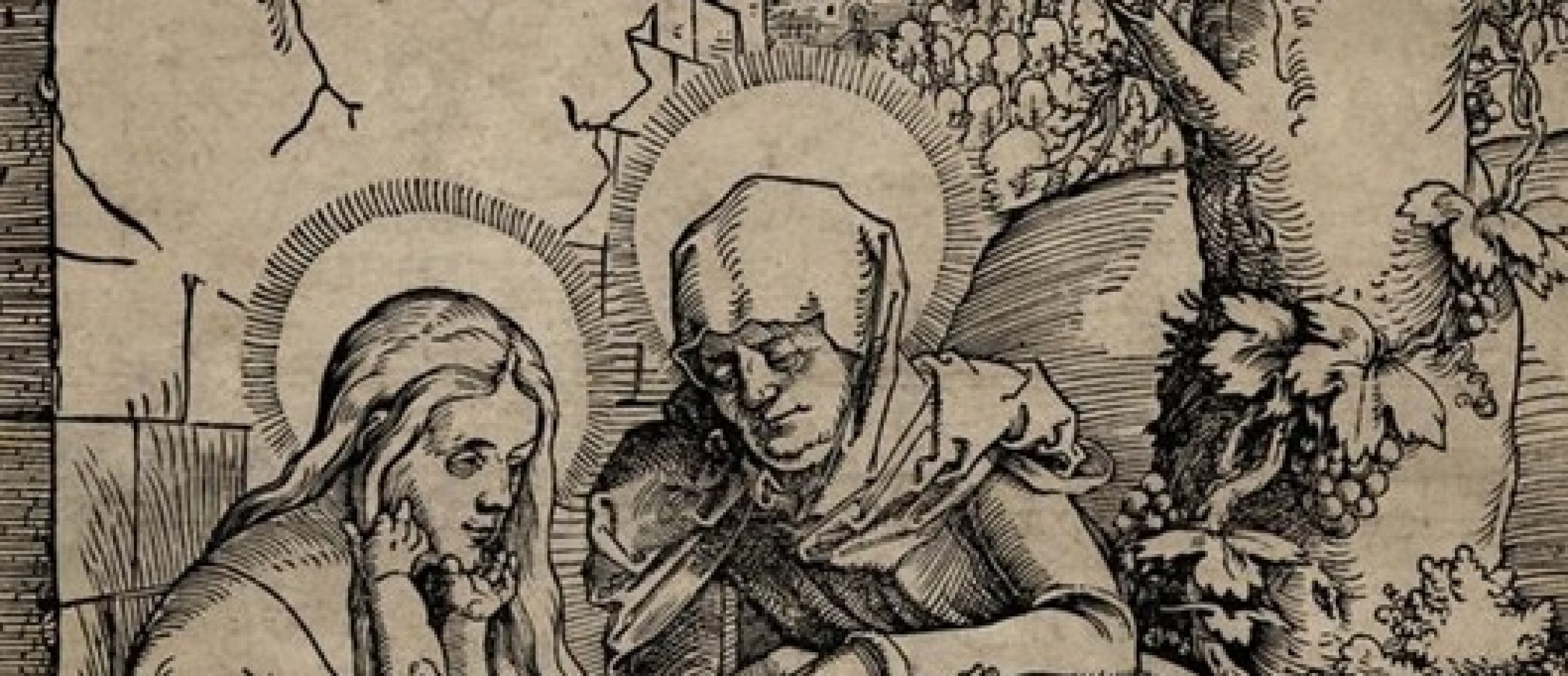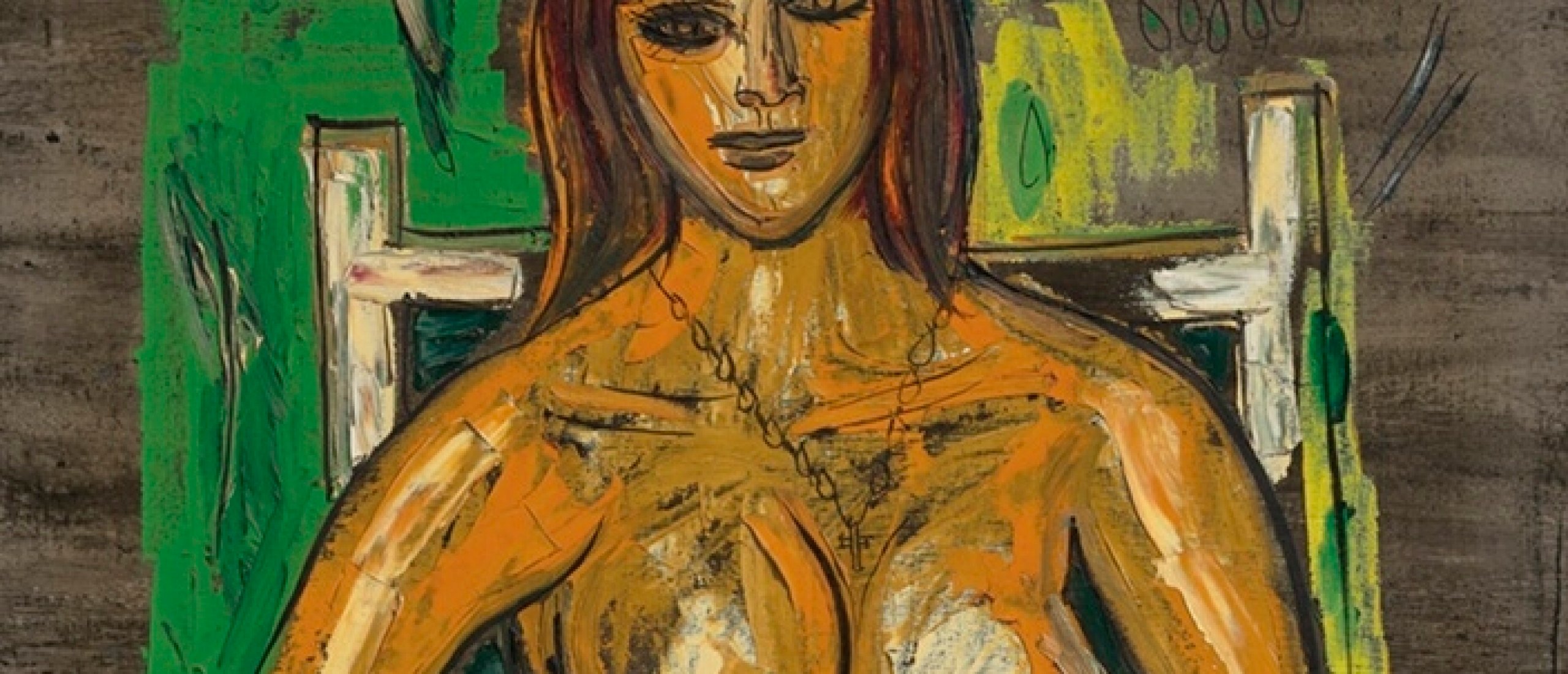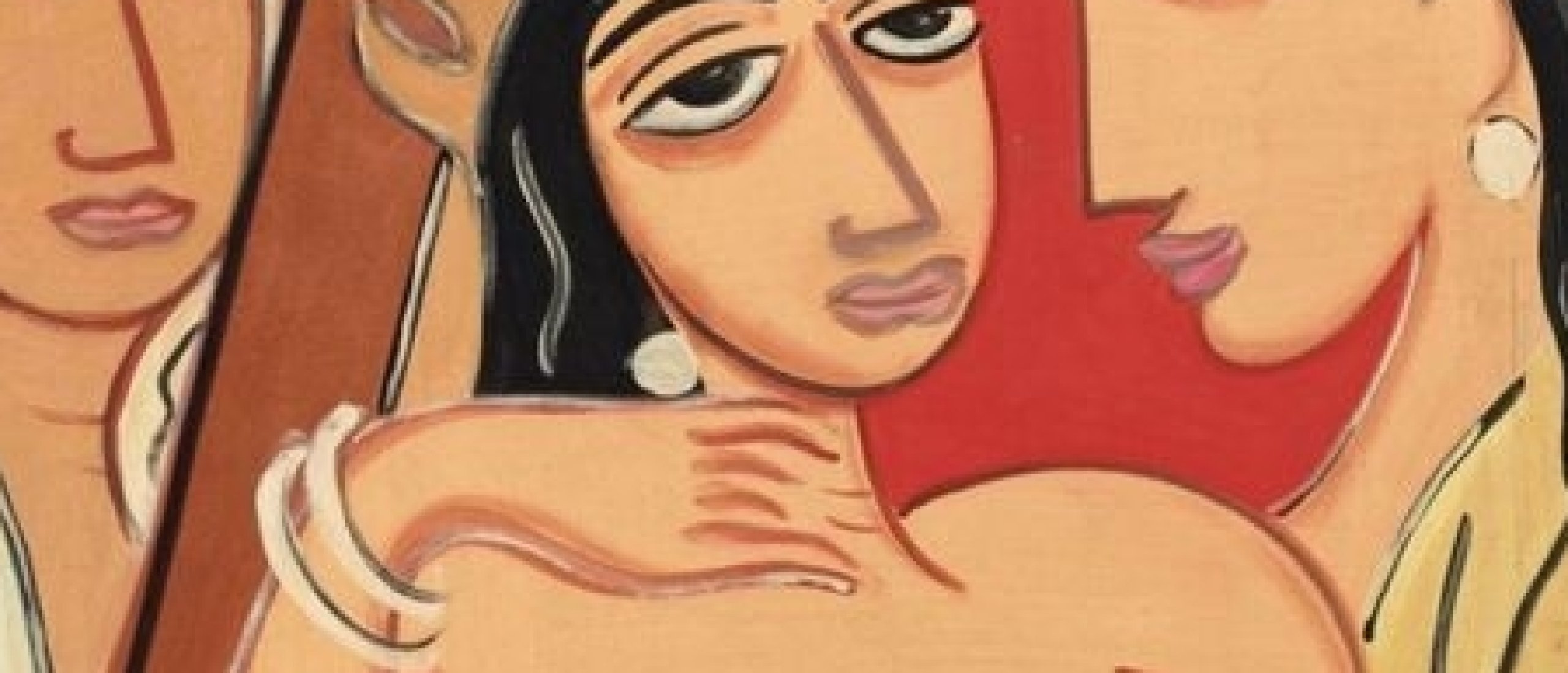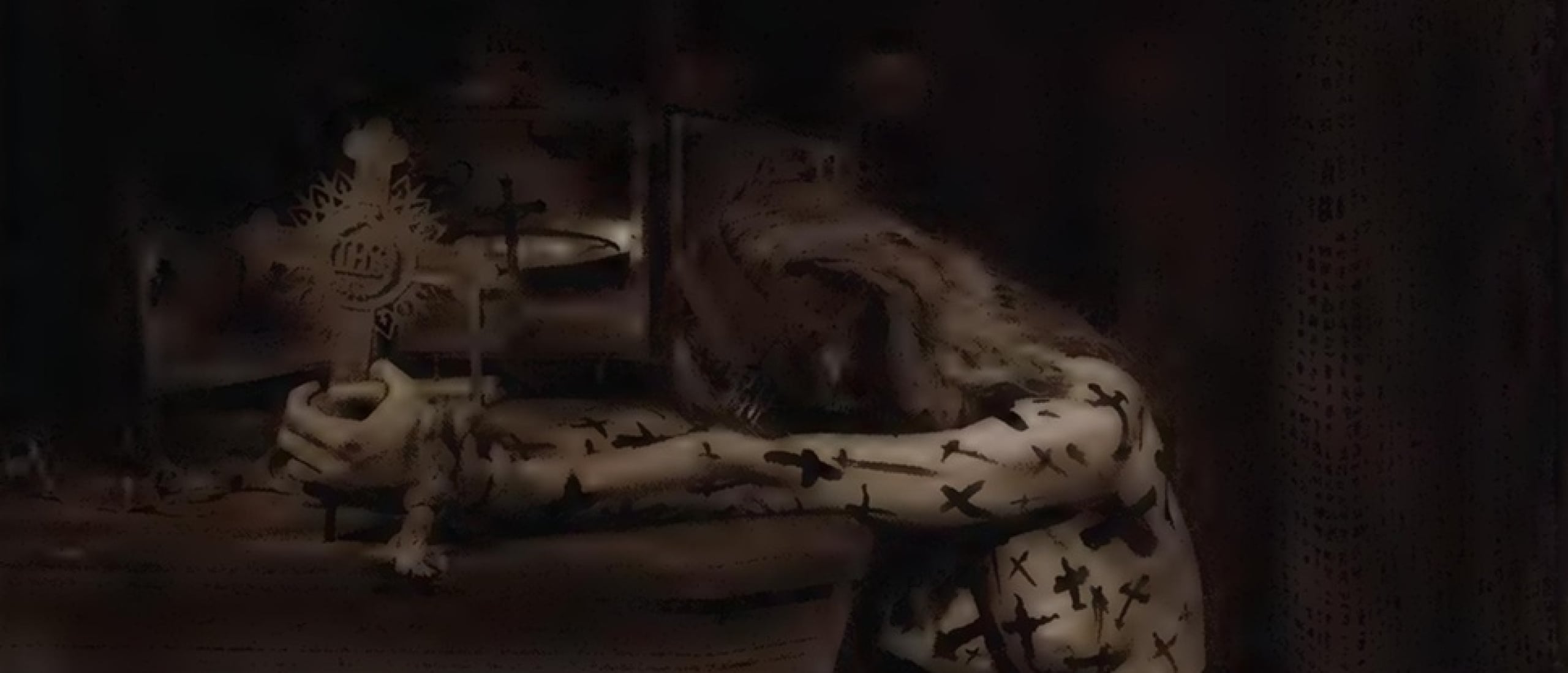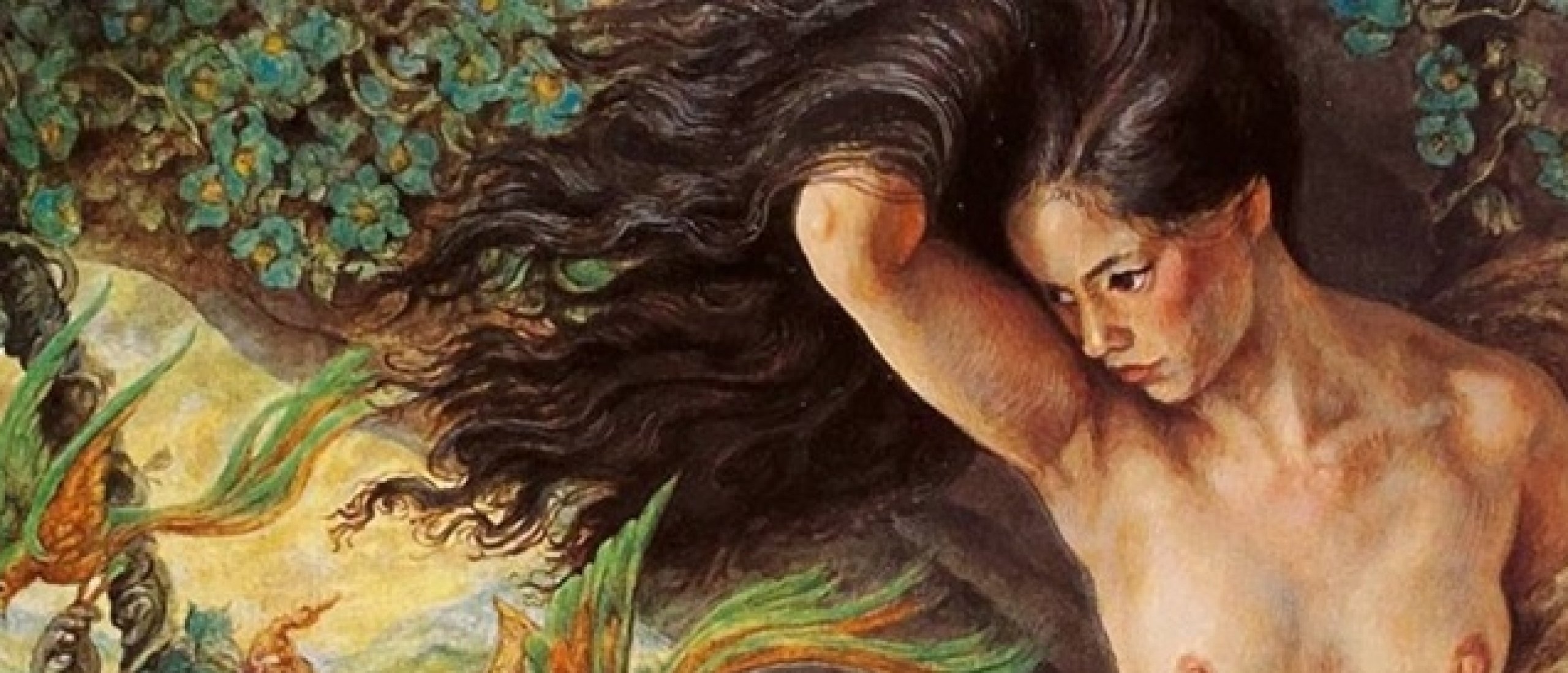
Kunio Makino (1925–1986) was a Japanese painter whose works, by all means, look familiar to the European audience, while his name hardly tells them something. Curiously, it seems that Kunio Makino is also not so well-known to the Japanese audience since the Nerima Art Museum exhibition flyer emphasizes the artist's indifference to fame. Some of his paintings may be defined as realistic, though the obsession with details, such as hidden faces, and semi-infernal eroticism also make Makino's art close to the works of Bosch or even Beksinski, yet with a touch of Renaissance passion for the human anatomy.

Fig. 1. Kunio Makino (auctions.yahoo.co.jp)
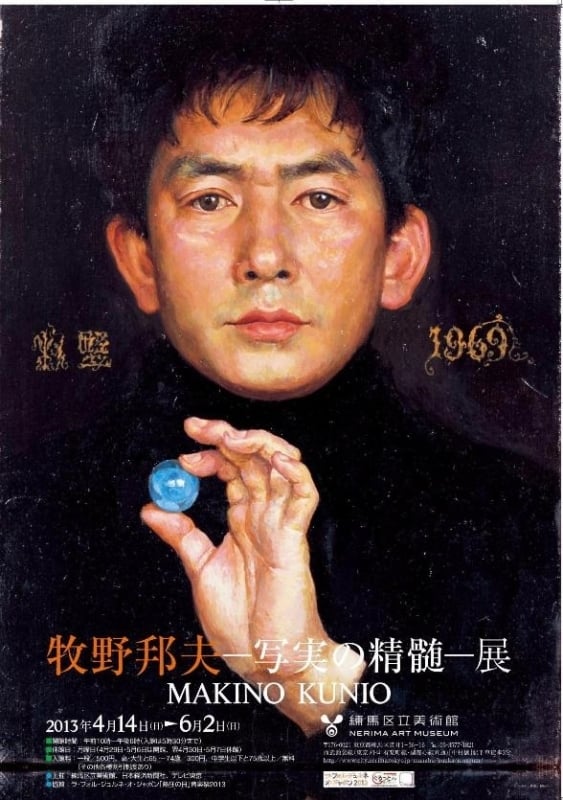
Fig. 2. Makino’s self-portrait on a poster of the posthumous exhibition (czt.b.la9.jp)

Fig. 3. Nude Wearing Makeup (auctions.yahoo.co.jp)
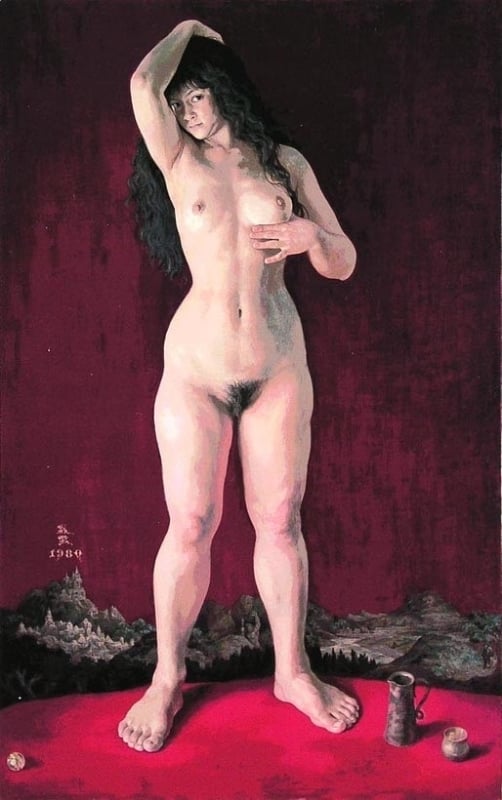
Fig. 4. Standing Nude (czt.b.la9.jp)
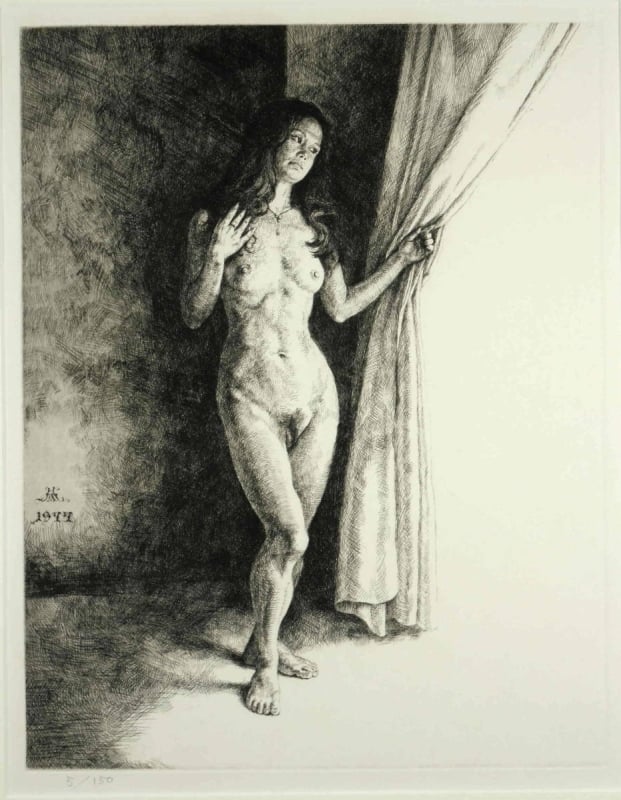
Fig. 5. Yura, copperplate (auctions.yahoo.co.jp)
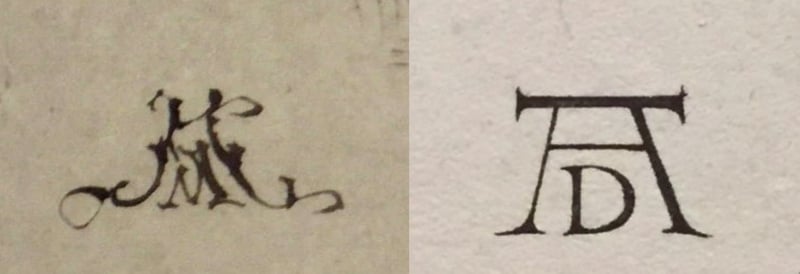
Fig. 6. Makino and Dürer’s signatures
The Self-Maintained Kid
Kunio Makino was born in 1925 as the seventh kid in the family of Yoshiro and Miyo Makino. Although there isn't any further info about his parents' background, it's known that his cousin Shinichi Makino was a fantasy novelist, and his niece Setsuko Makino is a children's literature author. The artist's life was rough from the beginning, as his mother died when he was four, and his father died six years later; thus, child raising fell on the shoulders of his older sister, Mie. The role of Makino's family in his artistic development remains obscure. Cousin Shinichi did play a role in his education: him encouraging young Kunio to go to the First High School and then to Tokyo University is mentioned in the chronology of Makino's life as something crucial. On the other hand, the Wikipedia entry states that, at the same time, Shinichi had warned him against the artist's career. All in all, when Makino was eleven, Shinichi also died, so, fascinated by cartoons and dreaming of becoming a manga creator, the kid faced neither the pressure of his relatives nor the support. Probably, it was this initial loneliness that shaped his independent personality.
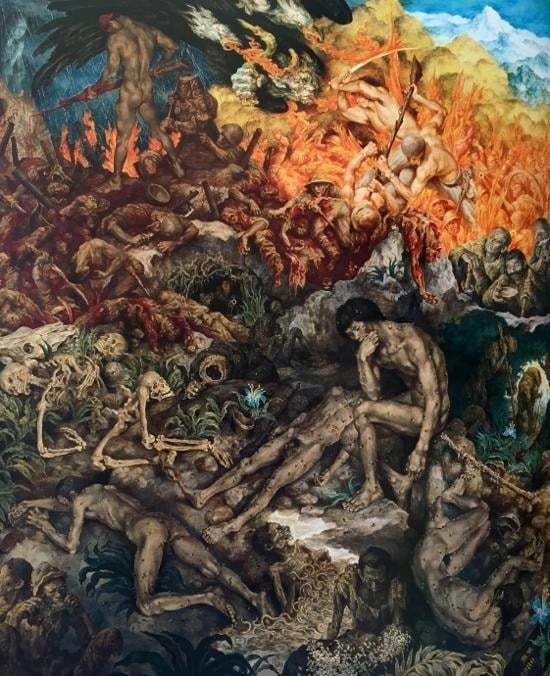
Fig. 7. Imphal, based on by Toshiro Takagi (akifukakusa.com)
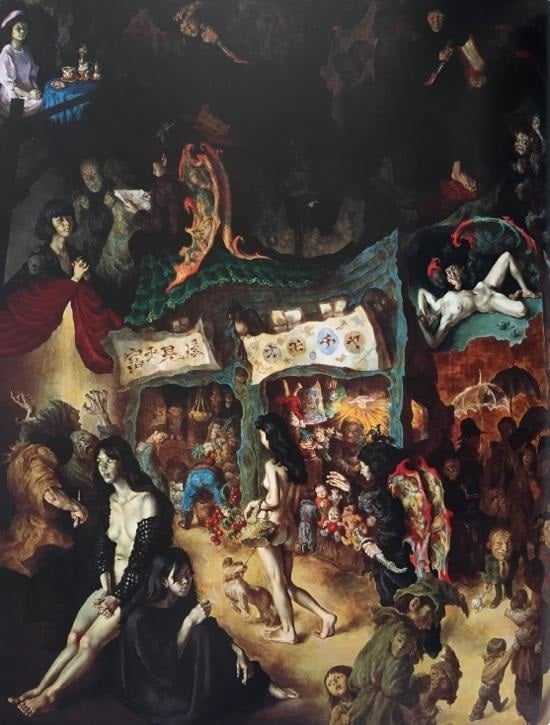
Fig. 8. The Town with Jabo (akifukakusa.com)
What It Takes to Become a Painter
In 1942, Makino discovered the paintings of Van Gogh, which eventually influenced him to take an entrance exam at Kawabata Art School. In April of the following year, he enrolled in the Oil Painting Department of the Tokyo School of Fine Arts. His mentors were the avant-garde devotees Usaburo Ihara and Sotaro Yasui, both studied in Paris in the 1920s. Throughout his life, Makino followed the teachings of Ihara: "If you don't paint for more than 12 hours a day, you may leave your mark in history, but you won't become a painter." Three years later, he was drafted into the Japanese army. Luckily for the artist, it happened three months before the war ended. Nevertheless, even before his recruiting, Makino experienced the war, passing a mountain of corpses after another air raid, which became a source of his grotesque imagery (fig. 7). The defeat of Japan, which resulted in an economic and social crisis, didn't make Makino question the purpose of art. Being demobilized, he continued to paint self-portraits in his room in Odawara, where he was evacuated. In 1946, he resumed his studies at the newly reopened art school.

Fig. 9. Flower Chariot (auctions.yahoo.co.jp)
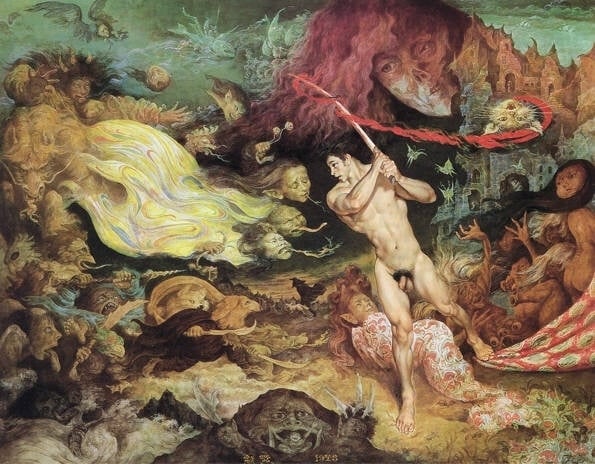
Fig. 10. Ghosts Fighting with a Man (gallerykaze.com)
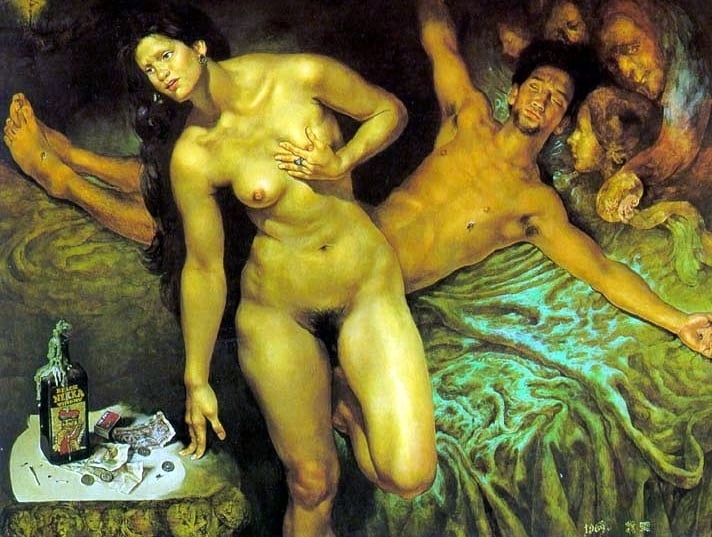
Fig. 11. Christ of Nankin (connec.co.jp)
In the extended Premium edition more one Makino's career and travels, the Japanese epos as seen by Europeans, one of his most captivating canvases, The Sea Battle, his "demonic" My Friends Invited to a Midnight Dinner by Mr. Sunamichi painting, 31 additional pics of his most striking paintings, and more...
Click HERE for the Chinese sensuality depicted in a European manner by Xue Yanqun
Sources: akifukakusa.com; auctions.yahoo.co.jp; connec.co.jp/kunio_makino; czt.b.la9.jp
Let us know your thoughts on Kunio Makino's paintings in the comment box below!

